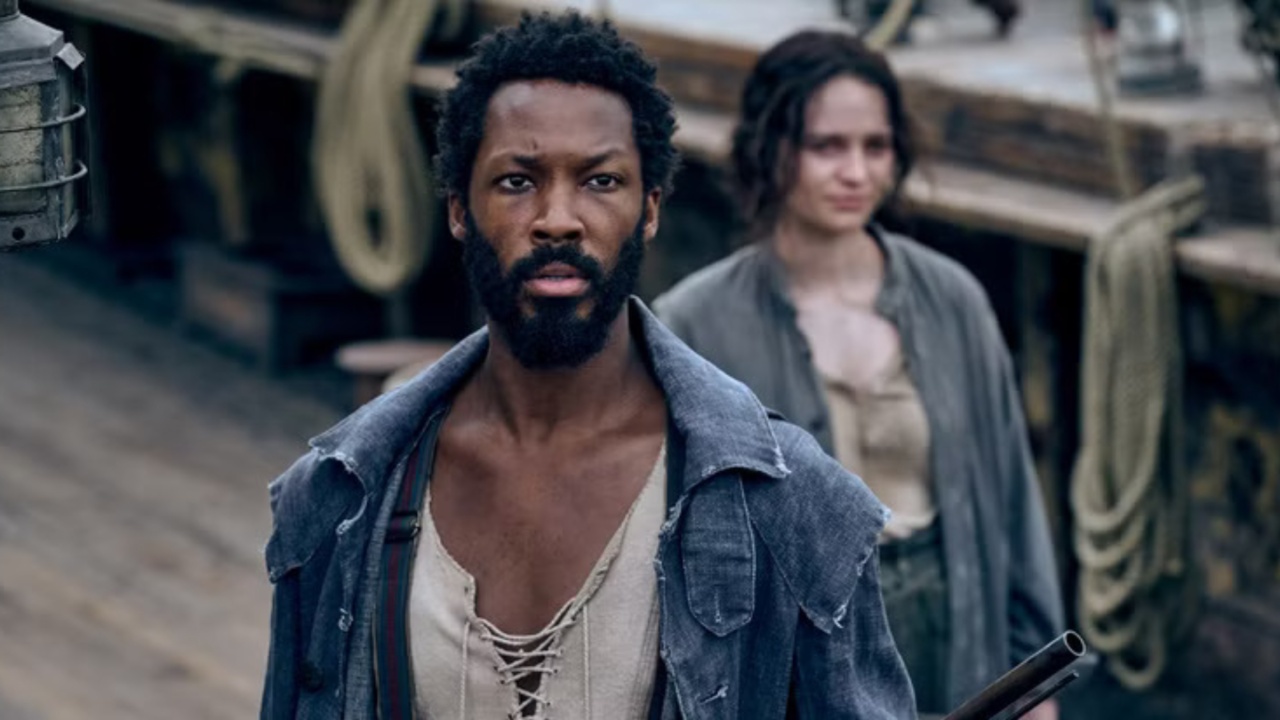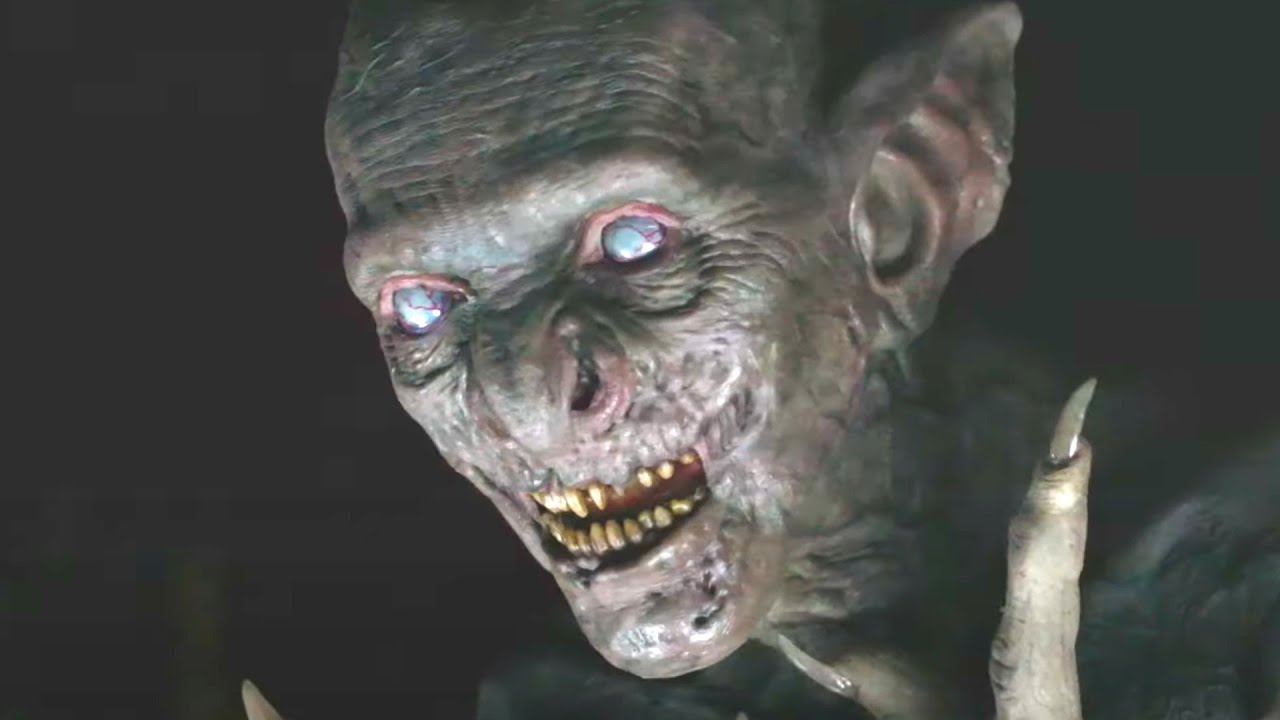The Last Voyage of the Demeter ends in tragedy, with every member of the ship’s crew dead except for Clemens. The film begins and concludes at the port of Whitby, where the wreck of the Demeter is found along with the captain’s log. Clemens, the only survivor, witnesses the death of Anna, who chooses to die by sunlight rather than live as a vampire after being turned by Dracula.
Her death leaves Clemens grief-stricken but resolute. Having learned about Dracula’s weakness to sunlight, he vows to hunt him down and end his reign of terror. However, Clemens soon discovers that his neck wound connects him to Dracula, allowing both to sense each other’s presence, a link that sets the stage for future confrontation.
The Secrets of Carfax Abbey and Captain Elliot’s Final Act of Faith and Duty
Throughout the story, the question of who or what stands behind Carfax Abbey looms large. This mysterious name is connected to the transport of Dracula’s cargo, yet no one aboard the ship fully understands its significance. After reaching England, Clemens learns that Carfax Abbey is, in fact, Dracula’s estate in London. It is where the vampire hides and regains his strength during the day before emerging at night to hunt.
The name Carfax Abbey originates from Bram Stoker’s novel, where it serves as one of Dracula’s main refuges. In the film, this revelation ties the ship’s doomed voyage to the larger Dracula legend and links the fictional abbey to Whitby, a real English port that deepens the gothic realism of the tale.

Captain Elliot’s final moments are defined by sorrow and duty. After losing his grandson, Toby, he accepts that Demeter must be destroyed to stop Dracula. His last words to Clemens, “Let them know I was true to my trust,” reflect his integrity as a captain and his belief in Clemens’ abilities. Throughout the journey, Elliot was one of the few who trusted Clemens despite the prejudice he faced as a Black man. The captain’s dying statement confirms his faith in Clemens and serves as a symbolic passing of responsibility. His trust motivates Clemens to continue the fight, transforming him from a survivor into a determined avenger.
Dracula’s Soil, His Ancestral Symbol, and Clemens’ Ongoing Hunt Across London Begins
A key mystery in The Last Voyage of the Demeter involves Dracula’s cargo, which is made up of crates filled with soil from Transylvania. While this seems strange at first, the soil is vital to Dracula’s survival. It provides him with strength and protection during the day, allowing him to rest and regenerate.
Both Dracula and Anna are buried in this soil aboard the ship. Because Dracula’s powers are tied to his homeland, he must bring the soil with him to maintain his vitality. This element, taken directly from Stoker’s original story, emphasizes Dracula’s dependence on his origins and the supernatural bond between the vampire and the land that gave birth to him.
The crates aboard the Demeter are marked with a dragon emblem, symbolizing Dracula’s connection to his historical inspiration, Vlad the Impaler. Vlad’s father was a member of the Order of the Dragon, and the name “Dracul” translates to both “dragon” and “devil” in Romanian.
This connection explains why Anna frequently calls Dracula the devil, describing his corrupting influence and the destruction he leaves behind. In the film, the dragon emblem serves as a visual reminder of Dracula’s ancient lineage and the evil power that defines him. It reinforces his identity as both man and monster, a creature born from history and myth.
In the final moments of the film, Clemens survives the Demeter’s destruction and arrives in London. Dracula has also reached the city and is aware that Clemens is still alive. The last scene, set in a London pub, shows Clemens preparing for a confrontation with the vampire, suggesting the beginning of a new chapter in their struggle.
While the story of Demeter has come to an end, the film’s conclusion hints at a potential sequel that would follow Clemens’ pursuit of Dracula across England. Whether or not a continuation is made, the ending leaves audiences with a mix of dread and anticipation, as one voyage ends and a greater hunt begins.



